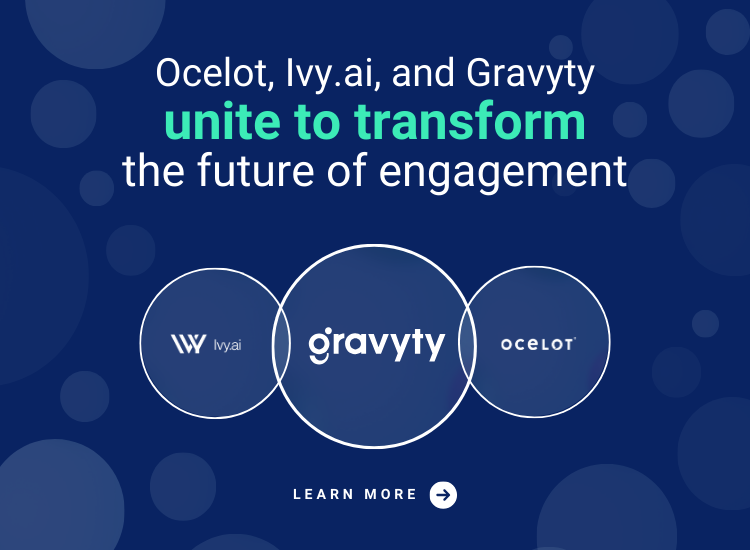The student experience encompasses all aspects of a student’s journey during their time in higher education. It goes beyond academics and includes everything from the campus environment and student support services to extracurricular activities and career preparation. By understanding and focusing on the student experience, institutions can create an environment that promotes academic success, personal growth, and overall satisfaction.
Why Is it Important to Improve the Student Experience?
In recent years, colleges and universities have been facing a decline in student enrollment. To combat this trend and remain competitive, it is crucial to prioritize the improvement of the student experience. When students have positive experiences, they are more likely to persist in their studies, complete their degrees, and become advocates for their institutions. Additionally, a strong student experience contributes to higher levels of student engagement, leading to improved academic performance and increased student retention rates.
According to studies conducted by the American Institutes of Research, institutions with high levels of student engagement have 50% higher retention rates and 50% higher graduation rates than those with low levels of student engagement. By investing in enhancing the student experience, institutions can create a supportive environment that fosters student success and ultimately attracts and retains more students.
How to Enhance the Student Experience in 4 Steps
Improving the student experience requires a strategic approach that helps institutions to meet individual student needs by augmenting and scaling human efforts. A pivotal tool in this effort has emerged in artificial intelligence (AI). Through AI, institutions can personalize support services, streamline administrative processes, and proactively address student needs. Here are five key steps to enhance the student experience:
Step 1: Remove Student Confusion
One of the most critical aspects of enhancing the student experience is ensuring that students receive consistent and accurate information across all channels. By implementing one centralized communication platform that is able to connect your institution’s backend systems and contains an extensive higher education knowledge base, institutions can provide 24/7 support and ensure that students have access to the same answers to their questions, regardless of the time or platform they use to seek assistance. This reduces student confusion and frustration, creating a seamless experience and improving satisfaction rates.
Step 2: Enable 24/7 Student Support
Students often require support beyond regular business hours. By employing AI-backed student-preferred student communication channels (ex. chatbot, texting, live chat), institutions can offer round-the-clock support, ensuring that students have access to assistance whenever they need it. With AI, common student inquiries can be addressed instantly, allowing staff to focus on more complex issues. This not only enhances the student experience but also relieves the burden on staff and improves their ability to provide personalized guidance.
Step 3: Identify Students At Risk
To provide targeted support and interventions, institutions must be able to identify students who may be experiencing challenges that are hindering their academic progress. AI-powered predictive analytics and data-driven models can analyze various factors, such as academic performance, financial hardship, and personal circumstances, to identify students who may need additional support. This identification then allows administration to reach out to these at-risk students with targeted, personalized, actionable information. With this strategy, institutions can effectively guide at-risk students towards success and ensure their continued engagement in their educational journey.
Step 4: Proactively Reach Out to Students
Creating a great student experience is not just about addressing problems reactively; institutions need to be proactive in predicting challenges and reaching out to students at critical moments. AI-powered systems can analyze student data to identify patterns and trends that indicate potential roadblocks. For example, if students in a specific major consistently struggle with a particular class, the system can generate personalized recommendations for additional resources or tutoring services. By providing timely support proactively, institutions can help students avoid obstacles and stay on track to achieve their goals.
Embracing the Power of AI in Higher Education
Embracing AI-powered solutions in higher education can revolutionize the student experience. By utilizing these technologies, institutions can create a supportive and personalized learning environment that enhances student engagement, improves retention rates, and ultimately prepares students for success in the future workforce. It is essential to recognize that AI is not meant to replace human interactions, but rather to augment them, allowing faculty and staff to focus on what they do best—mentoring, guiding, and inspiring students.
As we look to the future, the collaboration between AI and higher education institutions holds enormous potential for continuous improvement. By leveraging the power of data and advanced analytics, institutions can gain valuable insights into student behaviors and preferences, allowing for constant refinement and iteration of their programs and services. This ongoing partnership between technology and education will shape the future of higher education, continuously enhancing the student experience and empowering students to thrive both academically and personally.
What’s Getting in the Way of a Positive Student Experience?
Student experience improvement efforts not making the impact you desire? It could be because you have this one common roadblock in place at your institution. If you want to identify it and learn how to strategize for success, check out our eBook “4 Steps to Diagnosing & Overcoming What’s Sabotaging Your Path to a Seamless Student Experience” today!








